Apple announced its next flagship smartphone during a livestreamed event today. The iPhone 15 mostly resembles its predecessor but swaps the top-of-screen notch for the "Dynamic Island" Apple introduced with the iPhone 14 Pro last year, and it ditches Apple's proprietary Lightning port in favor of the industry-standard USB-C.
Like the iPhone 14, the iPhone 15 comes in two screen sizes: 6.1 inches for the standard phone, and 6.7 for the iPhone 15 Plus. The two models are the same apart from the screen sizes. The iPhone 15-series' overall design is also similar to that of its predecessor, with a glass back and front and an aluminum enclosure.
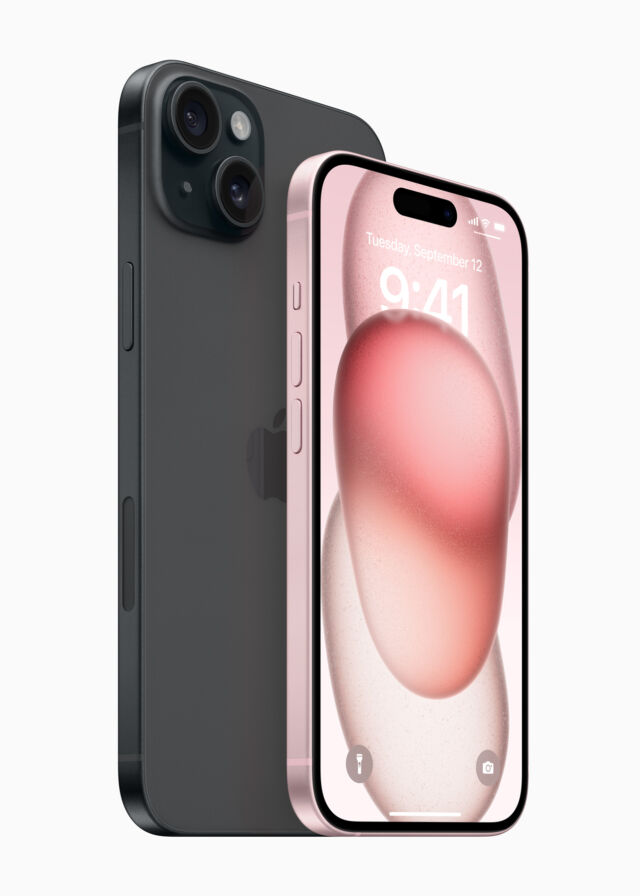
The edge of the aluminum enclosure has a new contoured design that looks a bit different from the iPhone 14, though. Apple also claims the iPhone 15 devices are the first phones to have a "colour-infused back glass." Apple's announcement said that it strengthened the phones' back glass with a "dual-ion exchange process" and then polished it with nanocrystalline particles and etched it for a "textured matte finish." The new iPhones still have a Ceramic Shield front cover and are water and dust-resistant.
As far as the internals go, we're looking at a modest bump from the A15 system-on-a-chip to the A16, which was first seen in last year's iPhone 14 Pro and iPhone 14 Pro Max. You can expect about 15-20 percent improved performance.
Apple's upgraded the main camera system on the new iPhone to a 48MP sensor that takes 24MP photos, using a computational photography process, by default. This is the same system found on the iPhone 14 Pro. Alternatively, you can opt for the "2x Telephoto" option with three "optical-quality" zoom levels (0.5x, 1x, or 2x).
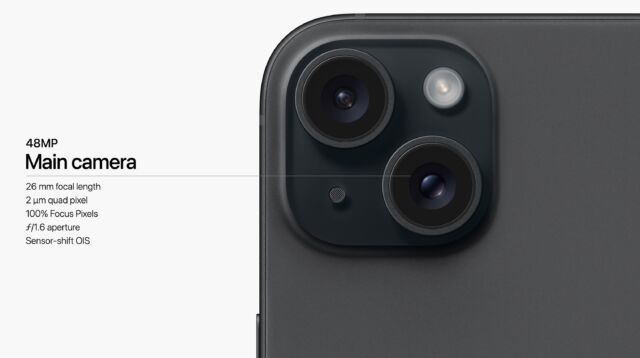
Additionally, and for all of the iPhone 15's camera, machine learning will automatically switch the main camera into portrait mode, with richer colour and low-light performance, when appropriate. Night Mode ("sharper details and more vivid colours") and Smart HDR (brighter highlights, and improved midtones, shadows, and renderings of skintones) are reportedly upgraded too. The cameras will also introduce focus and depth control, which lets you switch focus on an image from one subject to a different subject, after the photo's been taken.
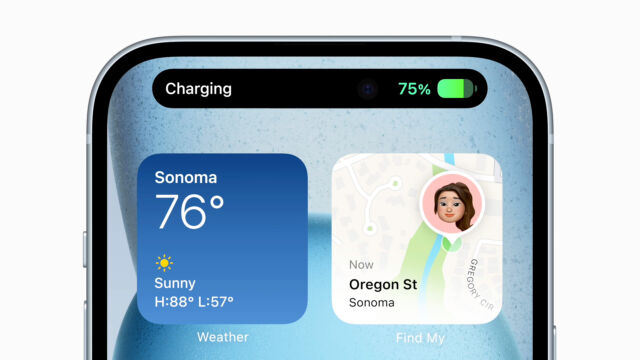
The Dynamic Island aims to make the best of the necessary gap in the front-facing screen that contains the selfie camera and Face ID sensors. It uses the area around that hardware to display various UI elements, like notifications. In our review of the iPhone 14 Pro last year, we said we liked this feature but didn't necessarily consider it enough of a reason to justify upgrading to the Pro model—but now it seems it will be available across all of Apple's flagship phones.
The big news for many is, of course, the USB-C port finally replacing Apple's Lightning port.
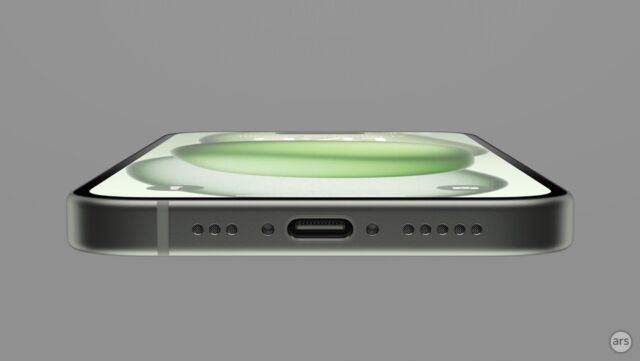
On the bright side, the iPhone will now use the same kind of charging and data cable you'll find in most other contemporary mobile devices. On the not-so-bright side, those upgrading from an older iPhone may have to invest in new cables, accessories, and adapters. The new iPhones also support MagSafe and Qi2 accessories.
The iPhone 15-series uses a Super Retina XDR OLED display that's supposed to have thinner borders and be brighter. Apple claims HDR brightness of 1,600 nits and a peak brightness outdoors of 2,000 nits, which is twice as bright as the iPhone 14.
New wireless features include the adoption of the second-gen Ultra Wideband chip also found in the new Apple Watch. Apple said it enables connectivity with other devices from up to a three times longer distance.
The iPhone 15 is supposed to have better audio quality during calls, thanks to a new machine learning model that automatically prioritizes your voice and can filter out more background noise, if you select "voice isolation" mode during a call.
Apple's also adding Roadside Assistance via Satellite with the new devices. Users will be able to text roadside assistance and then select what they need assistance with, with options such as "flat tire" and "locked out" appearing via a menu that comes up in response. The feature will debut in the US with AAA.
The iPhone 15 starts at $799 (128GB), and the iPhone 15 Plus starts at $899 (128GB). The iOS 17 devices are available on September 22, with preorders starting this Friday.


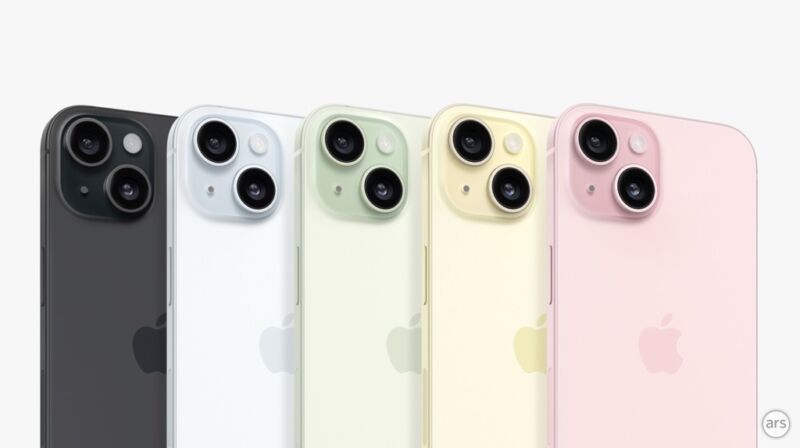
3175x175(CURRENT).thumb.jpg.b05acc060982b36f5891ba728e6d953c.jpg)
Recommended Comments
There are no comments to display.
Join the conversation
You can post now and register later. If you have an account, sign in now to post with your account.
Note: Your post will require moderator approval before it will be visible.